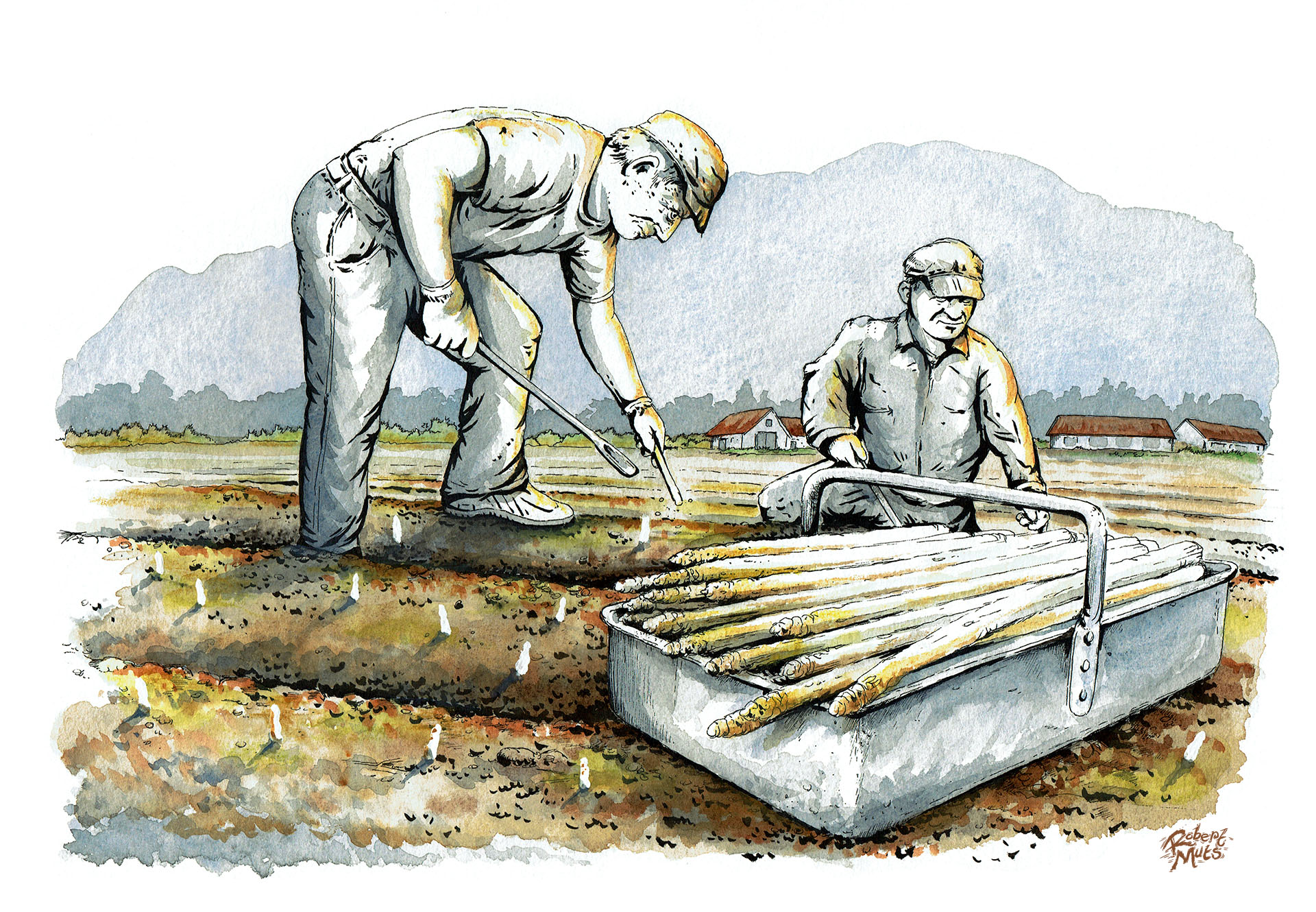
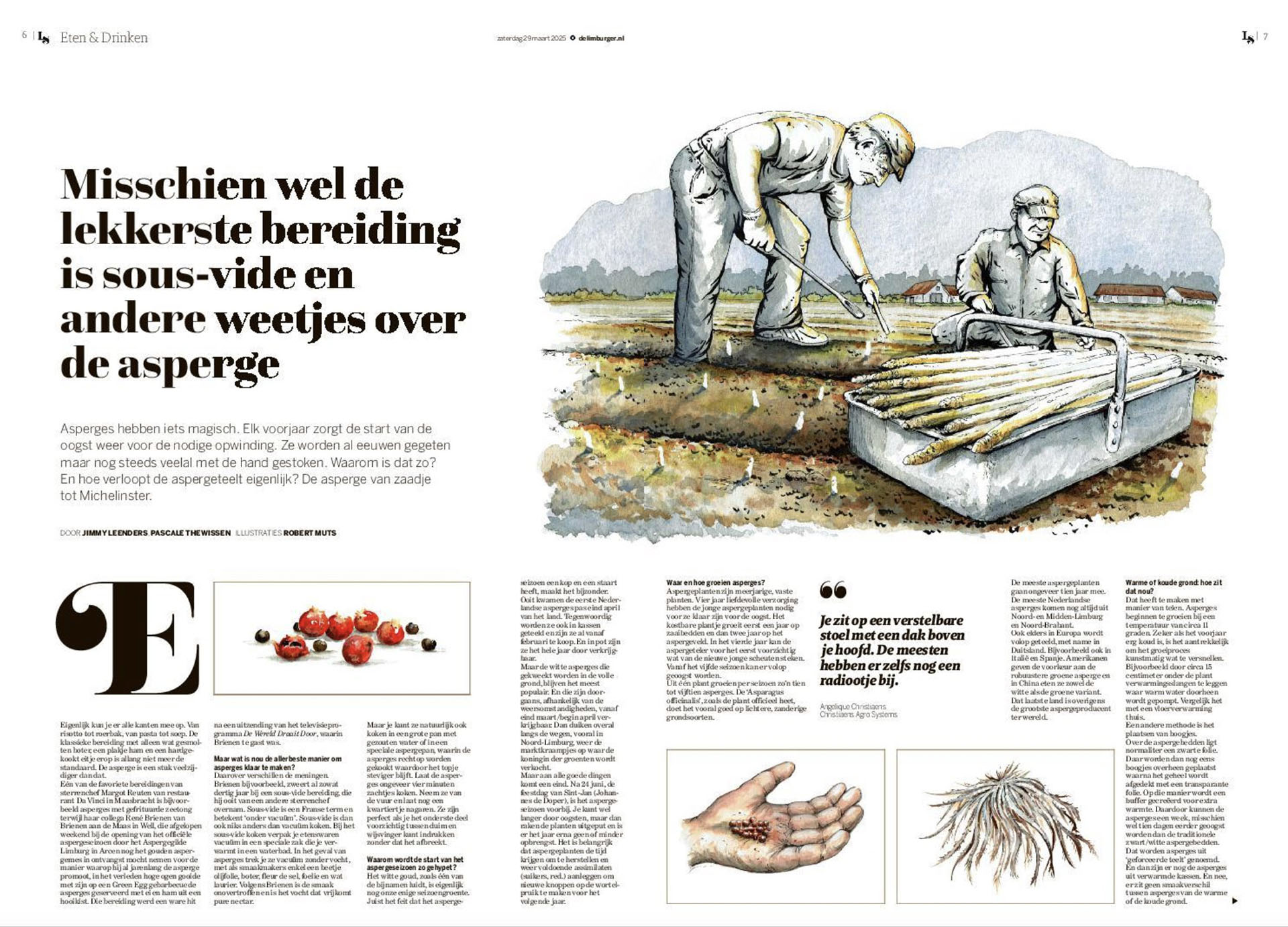
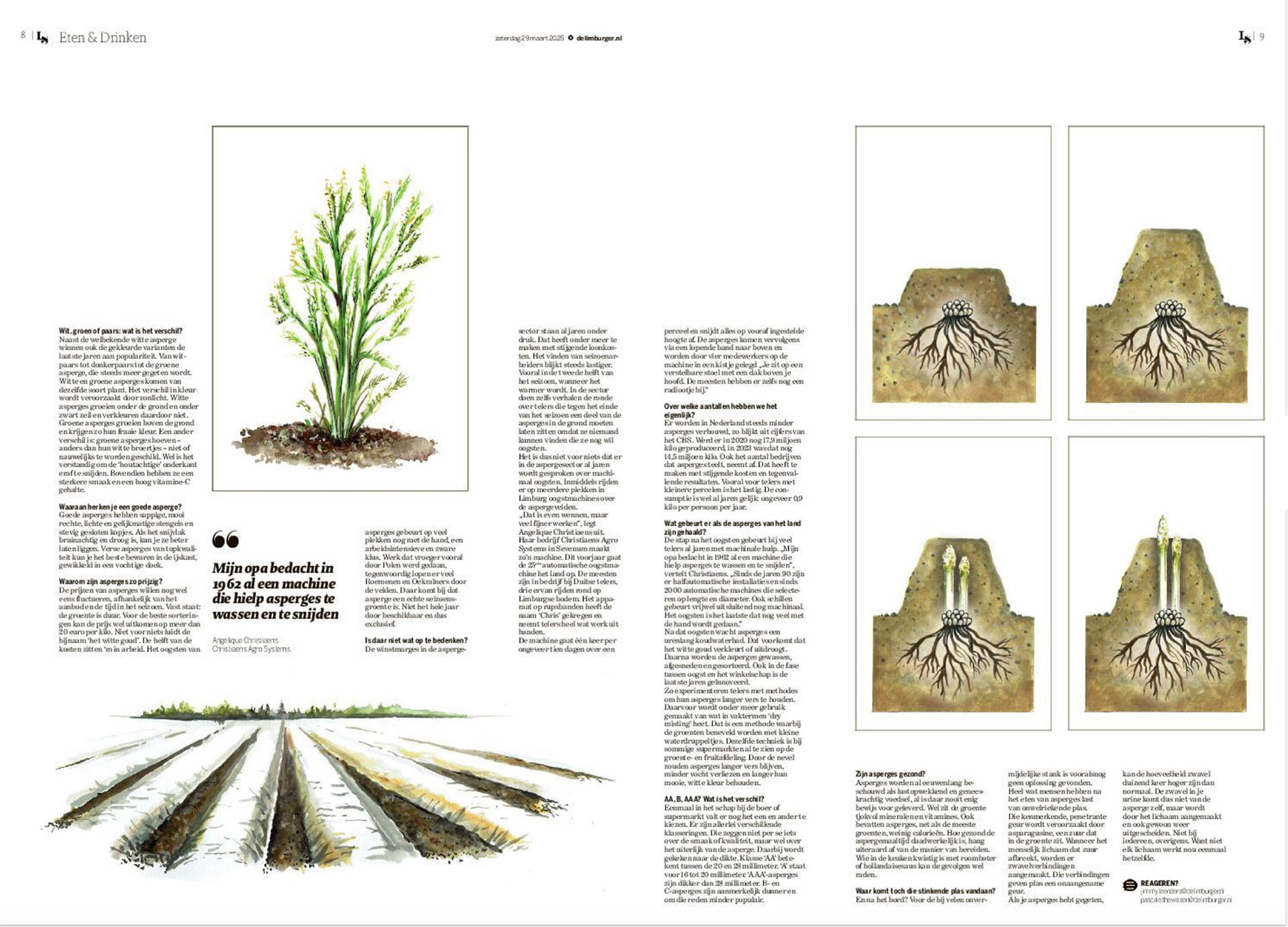
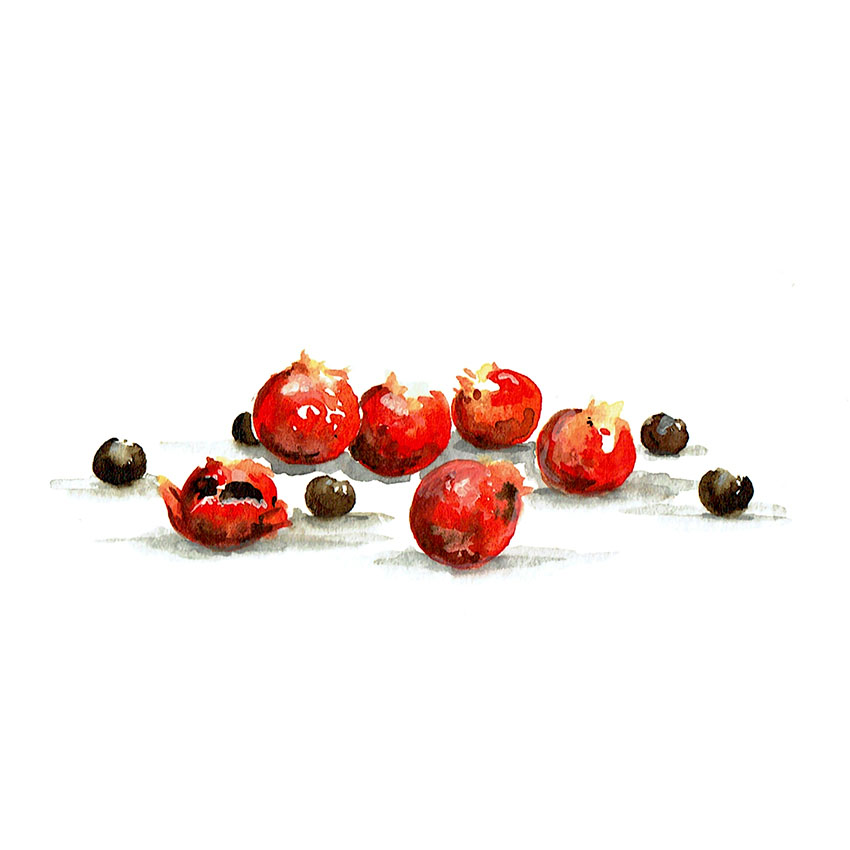
Year: 2025
Asparagus seeds are small, round, and typically black. They are produced by female asparagus plants after flowering. These seeds can be used to grow new asparagus plants, though it takes several years for them to mature and produce edible spears.
Size: 10cm x 10cm
Technique: Watercolor

Size: 10cm x 10cm
Technique: Watercolor
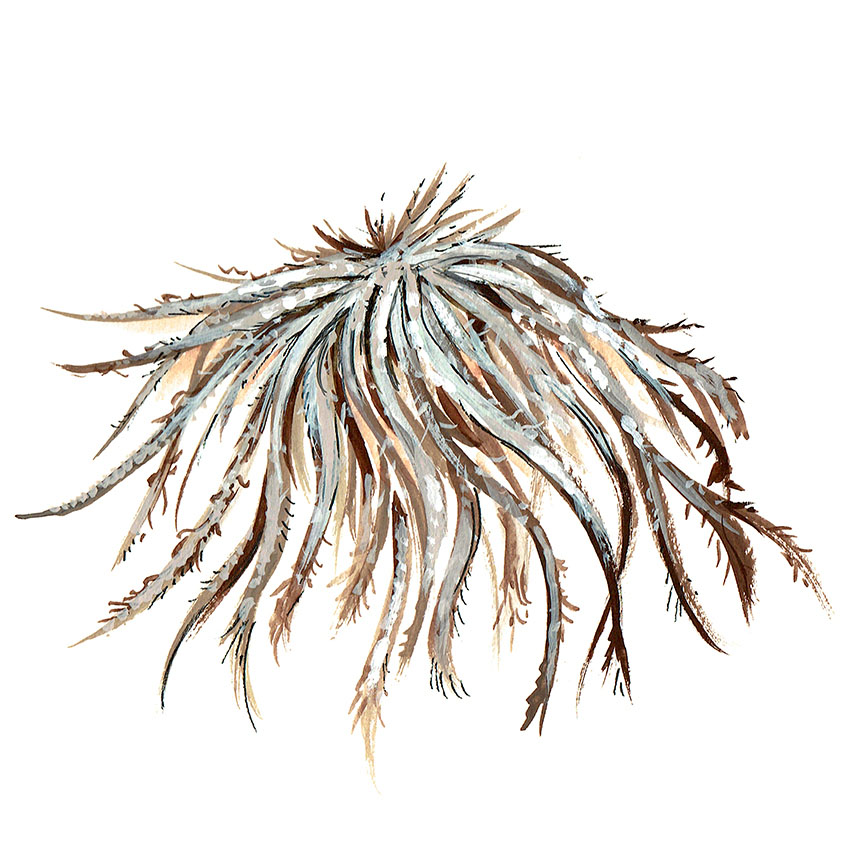
Year: 2025
Asparagus rhizomes are underground stems that store nutrients and help the plant survive through winter. They spread horizontally and produce roots and shoots, leading to new asparagus growth. These rhizomes are crucial for the perennial nature of asparagus, allowing it to regrow year after year.
Size: 10cm x 10cm
Technique: Watercolor
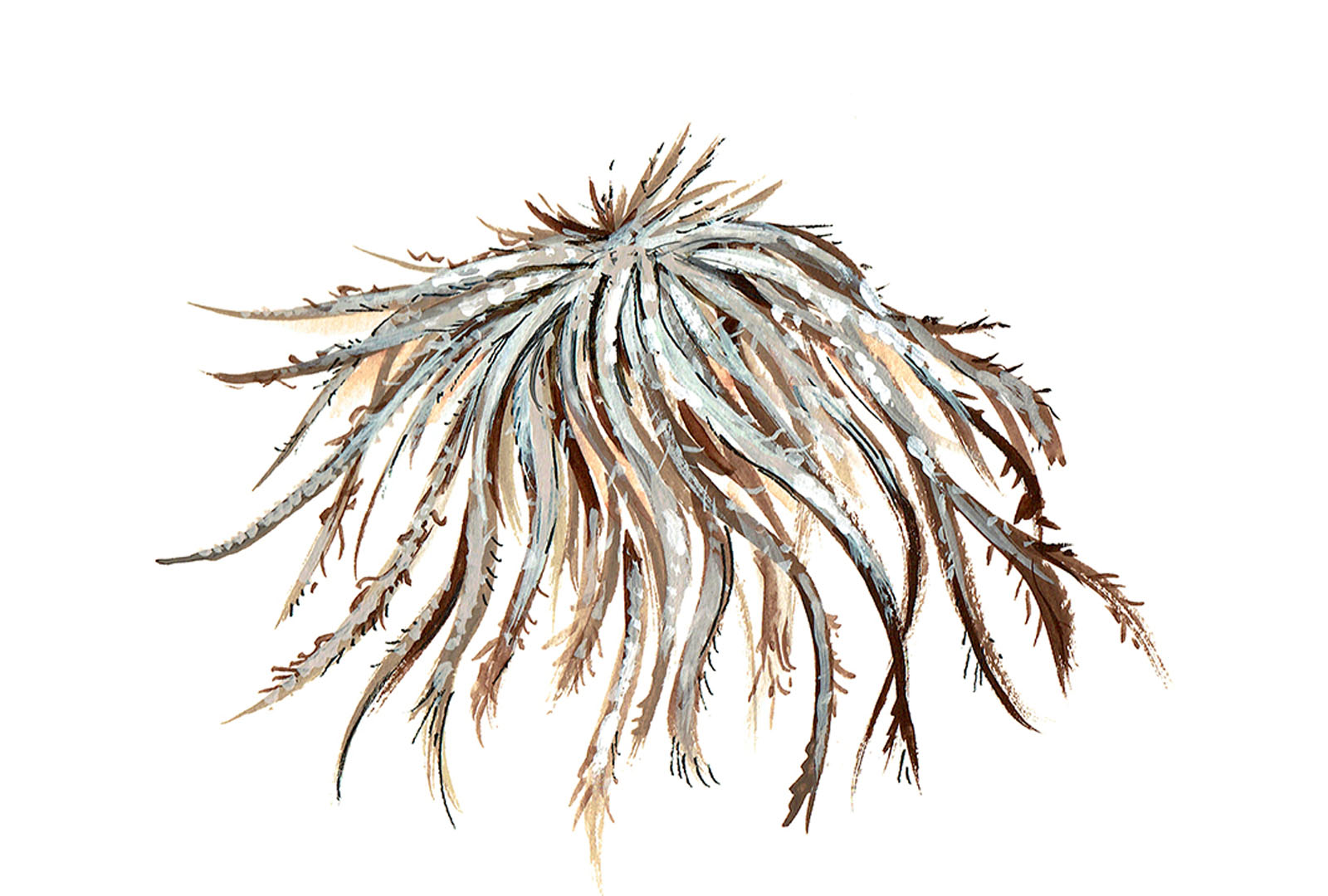
Size: 10cm x 10cm
Technique: Watercolor
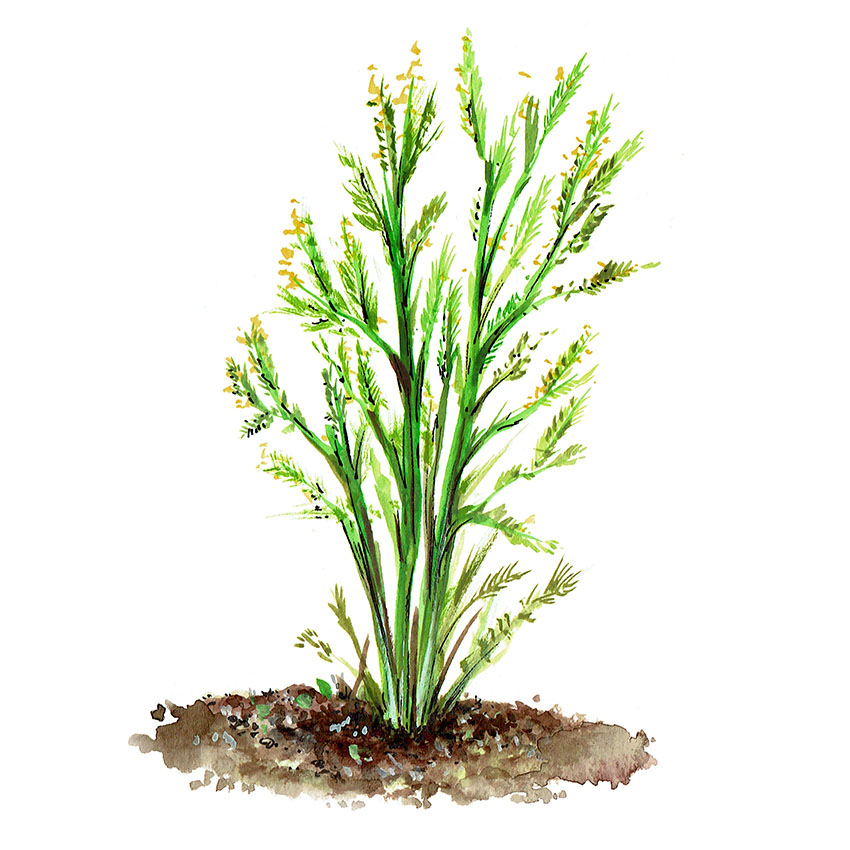
Year: 2025
Asparagus foliage consists of feathery, fern-like leaves that emerge after the edible spears are harvested. These leaves are essential for photosynthesis, helping the plant store energy for the next growing season. The foliage also adds a delicate, ornamental touch to gardens.
Size: 10cm x 10cm
Technique: Watercolor

Size: 10cm x 10cm
Technique: Watercolor
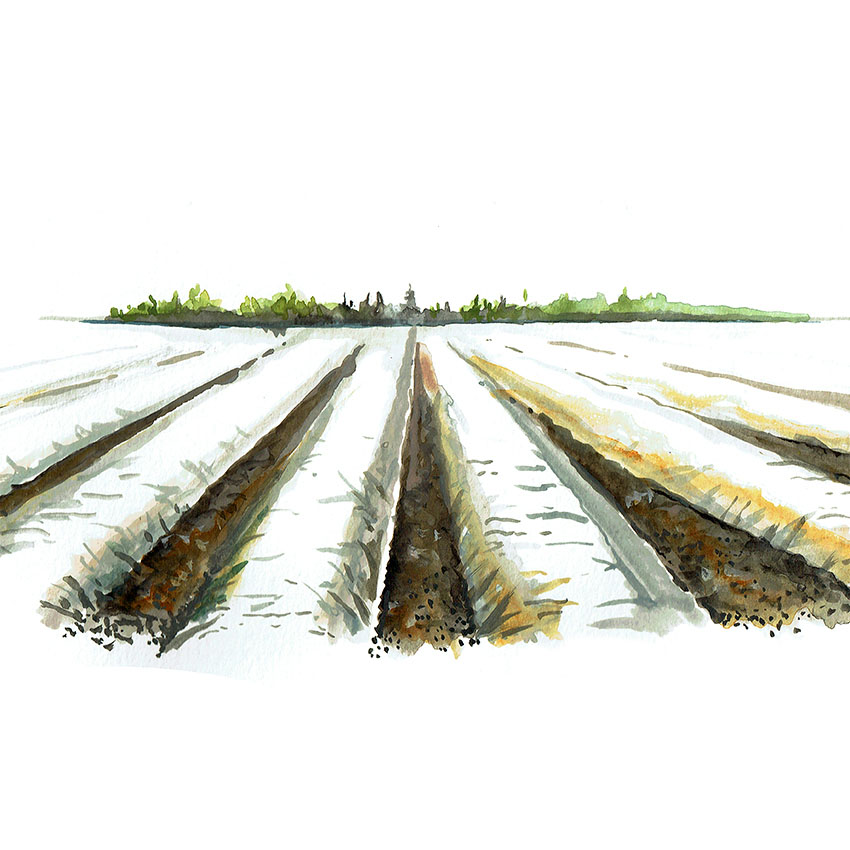
Year: 2025
Asparagus beds are specially prepared garden areas where asparagus is planted. They require well-drained soil and plenty of sunlight. Properly maintained asparagus beds can produce bountiful harvests for up to 20 years, making them a long-term investment for gardeners.
Size: 12cm x 18cm
Technique: Watercolor
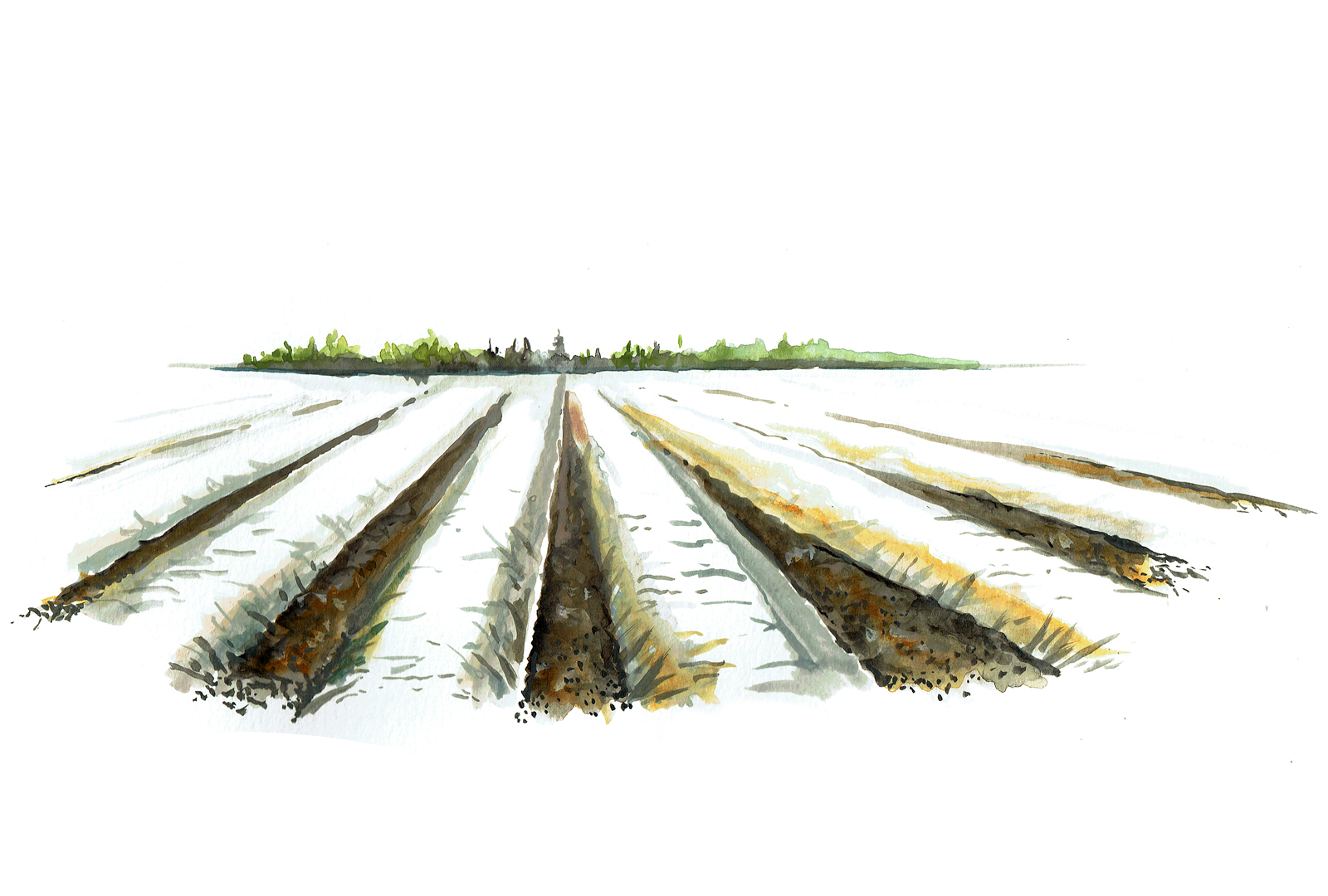
Size: 12cm x 18cm
Technique: Watercolor
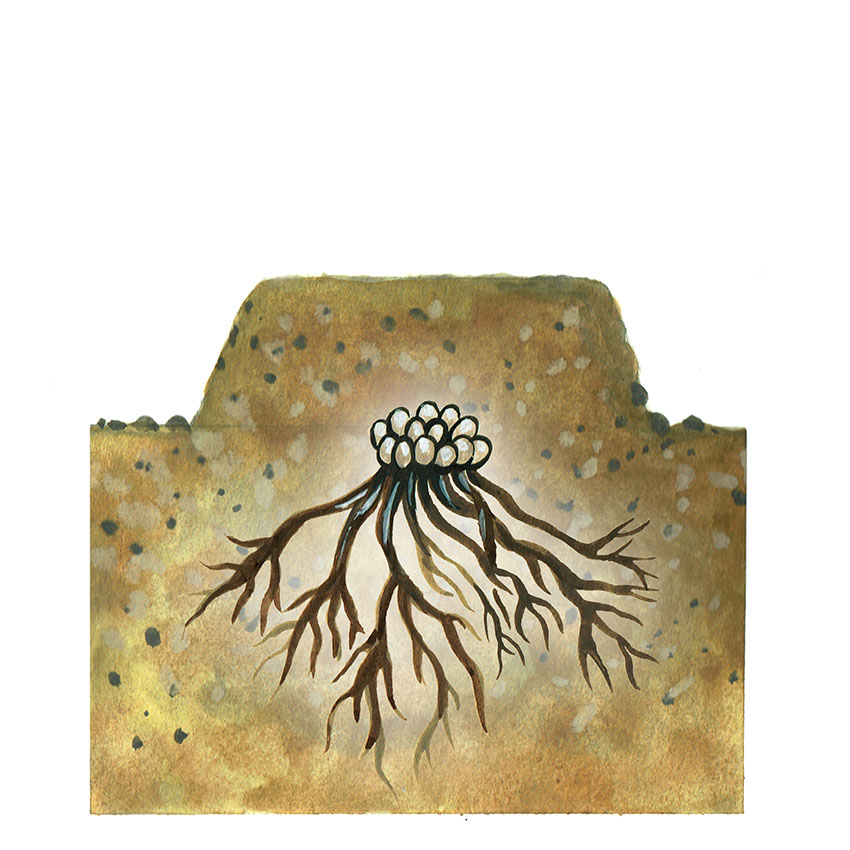
Year: 2025
Asparagus growths underground start with the development of rhizomes and roots. The rhizomes store nutrients and energy, while the roots absorb water and minerals from the soil. This underground network supports the plant's above-ground growth and ensures its perennial nature.
Size: 12cm x 18cm
Technique: Watercolor
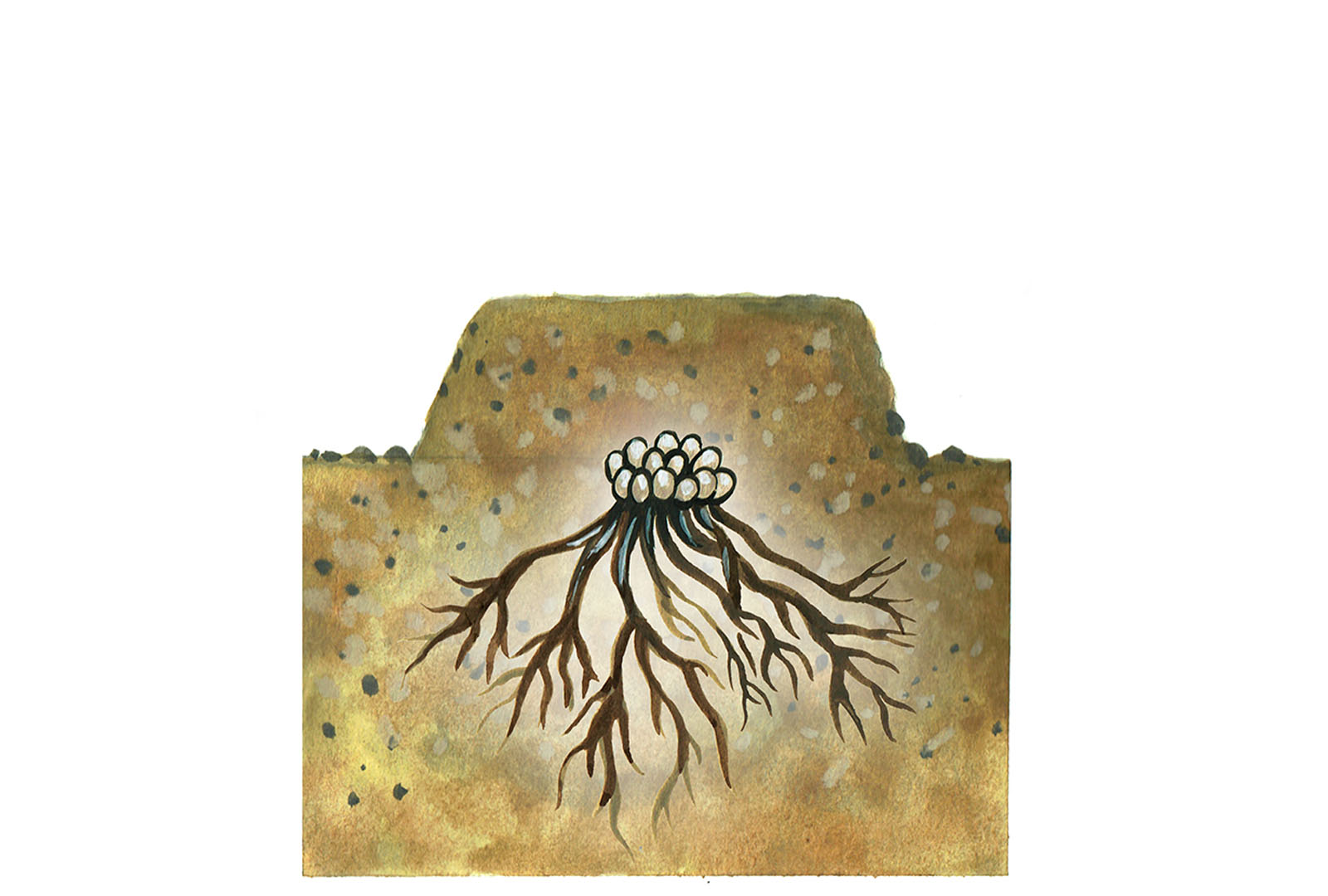
Size: 12cm x 18cm
Technique: Watercolor
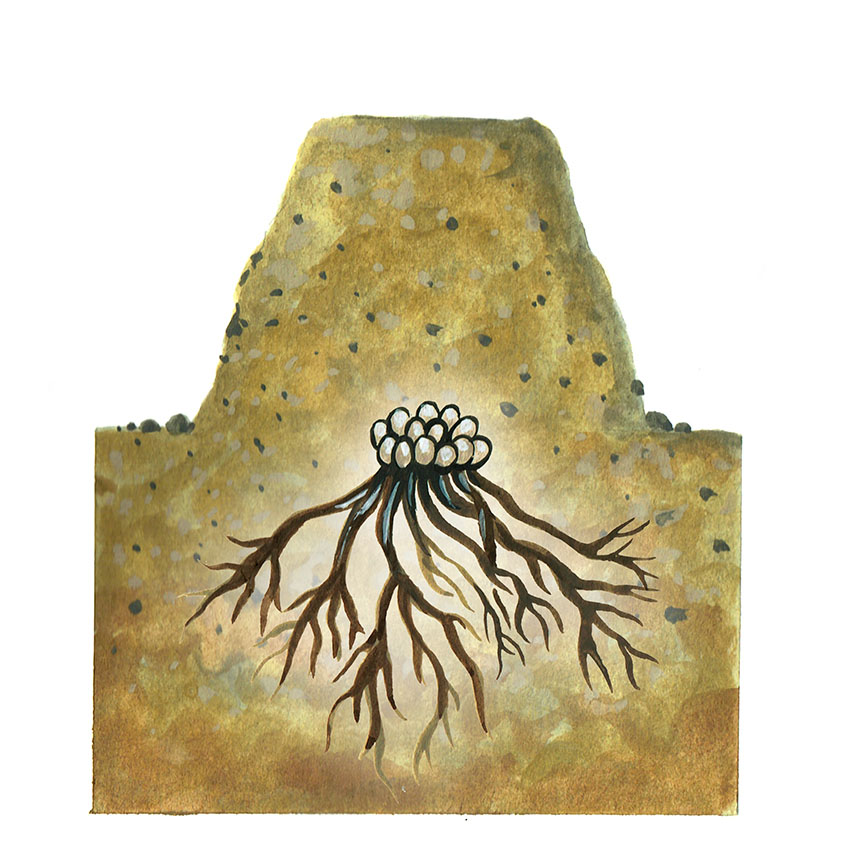
Year: 2025
When asparagus rhizomes expand, they create a more extensive underground network, which can lead to larger and more productive beds. This growth increases the plant's ability to store nutrients and energy, supporting more vigorous spear production. Over time, this expansion can result in taller and more robust asparagus plants.
Size: 10cm x 10cm
Technique: Watercolor
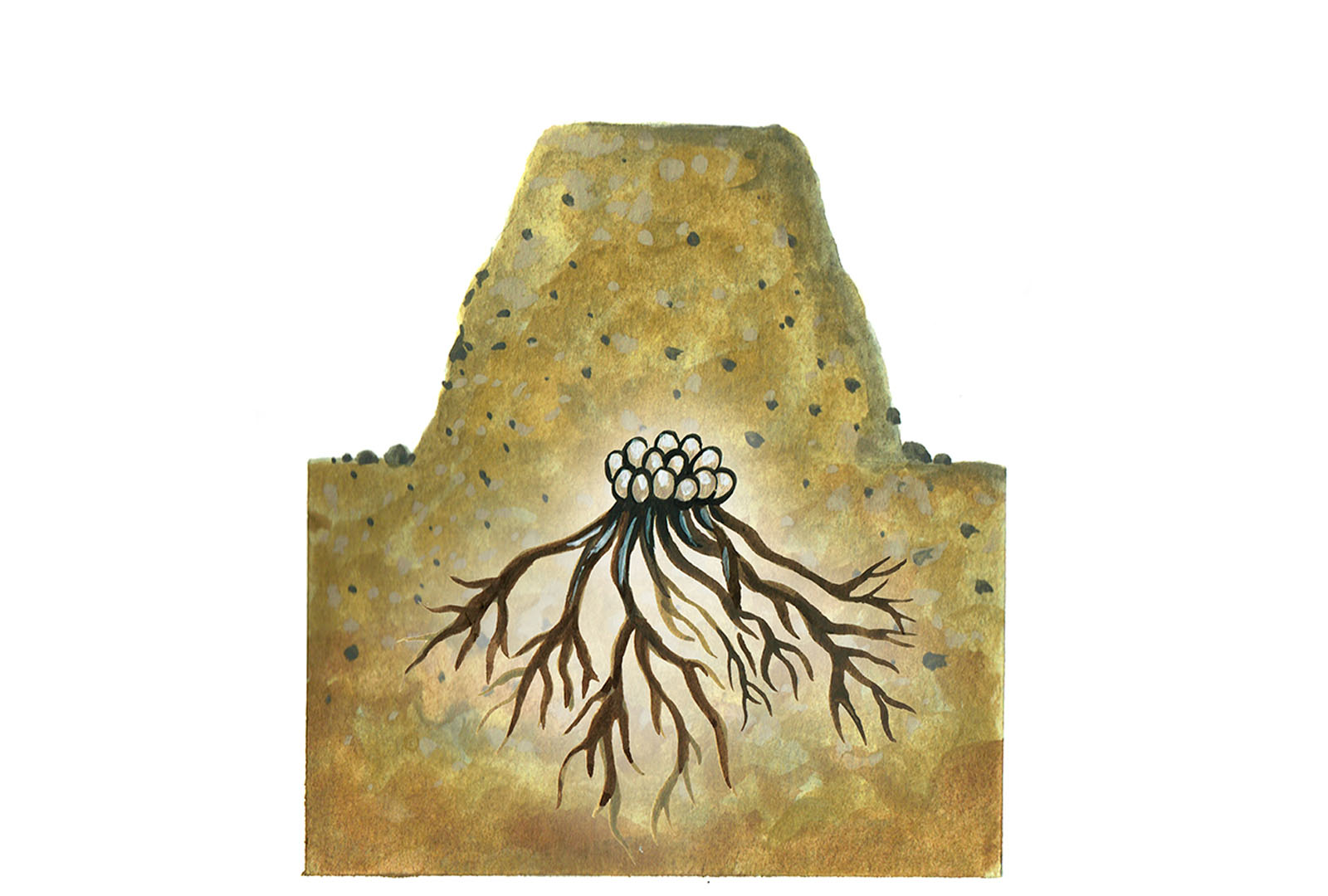
Size: 10cm x 10cm
Technique: Watercolor

Year: 2025
When little asparagus appears underground, it starts as tiny shoots emerging from the rhizomes. These shoots gradually push through the soil surface, developing into spears ready for harvest. This initial underground growth is crucial for establishing the plant's future productivity and health.
Size: 10cm x 10cm
Technique: Watercolor
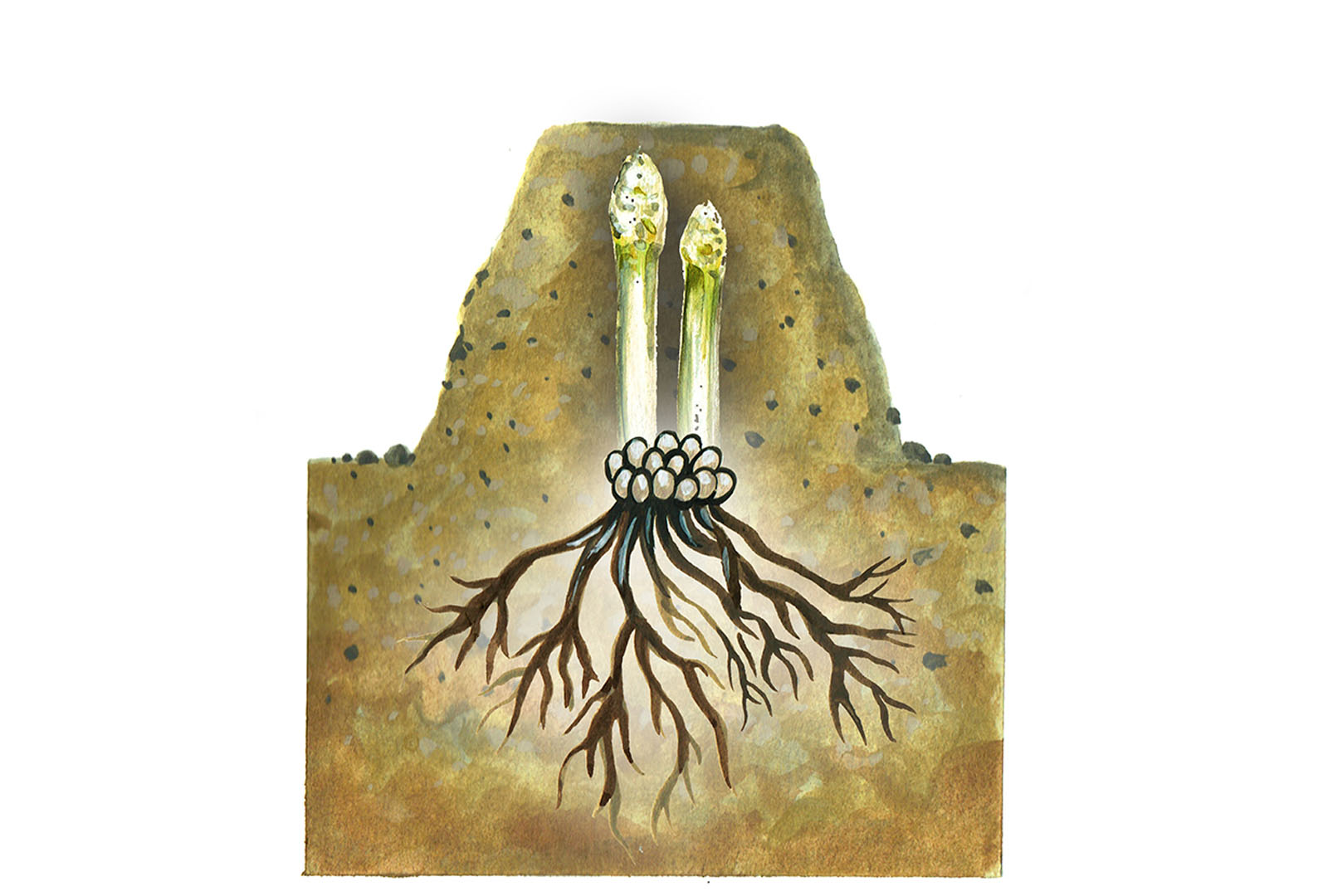
Size: 10cm x 10cm
Technique: Watercolor
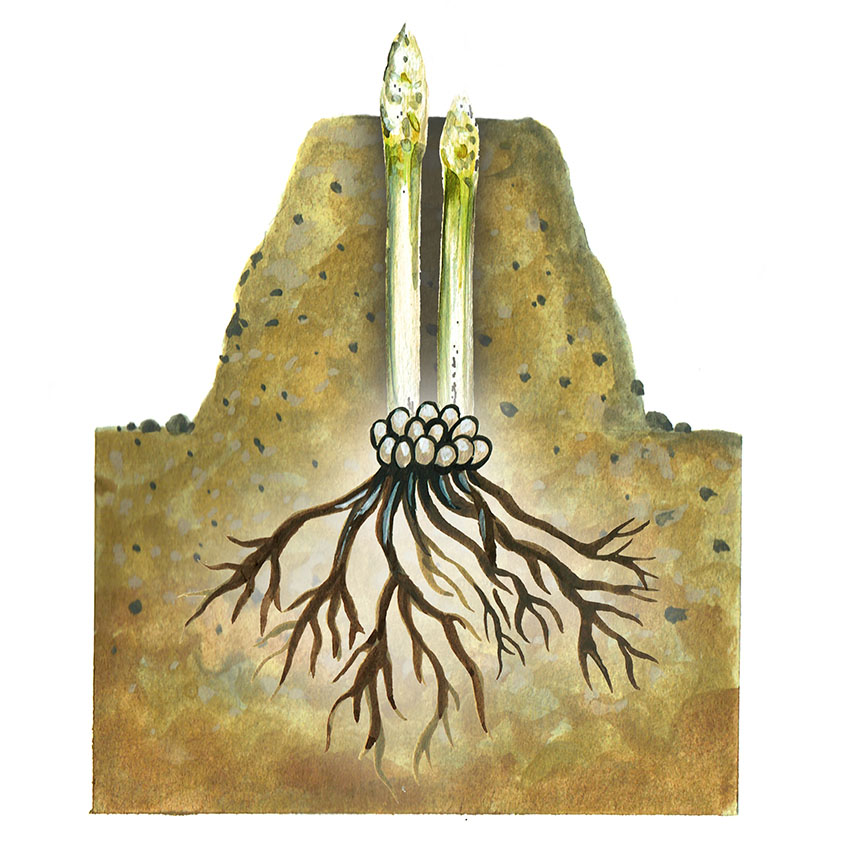
Year: 2025
When asparagus appears above the bed, it emerges as slender, green/yellow/white spears pushing through the soil. These spears grow quickly and should be harvested when they reach about 6-8 inches tall, typically in the spring. Harvesting at this stage ensures the best texture and flavor, while allowing the plant to continue producing new spears throughout the season.
Size: 10cm x 10cm
Technique: Watercolor
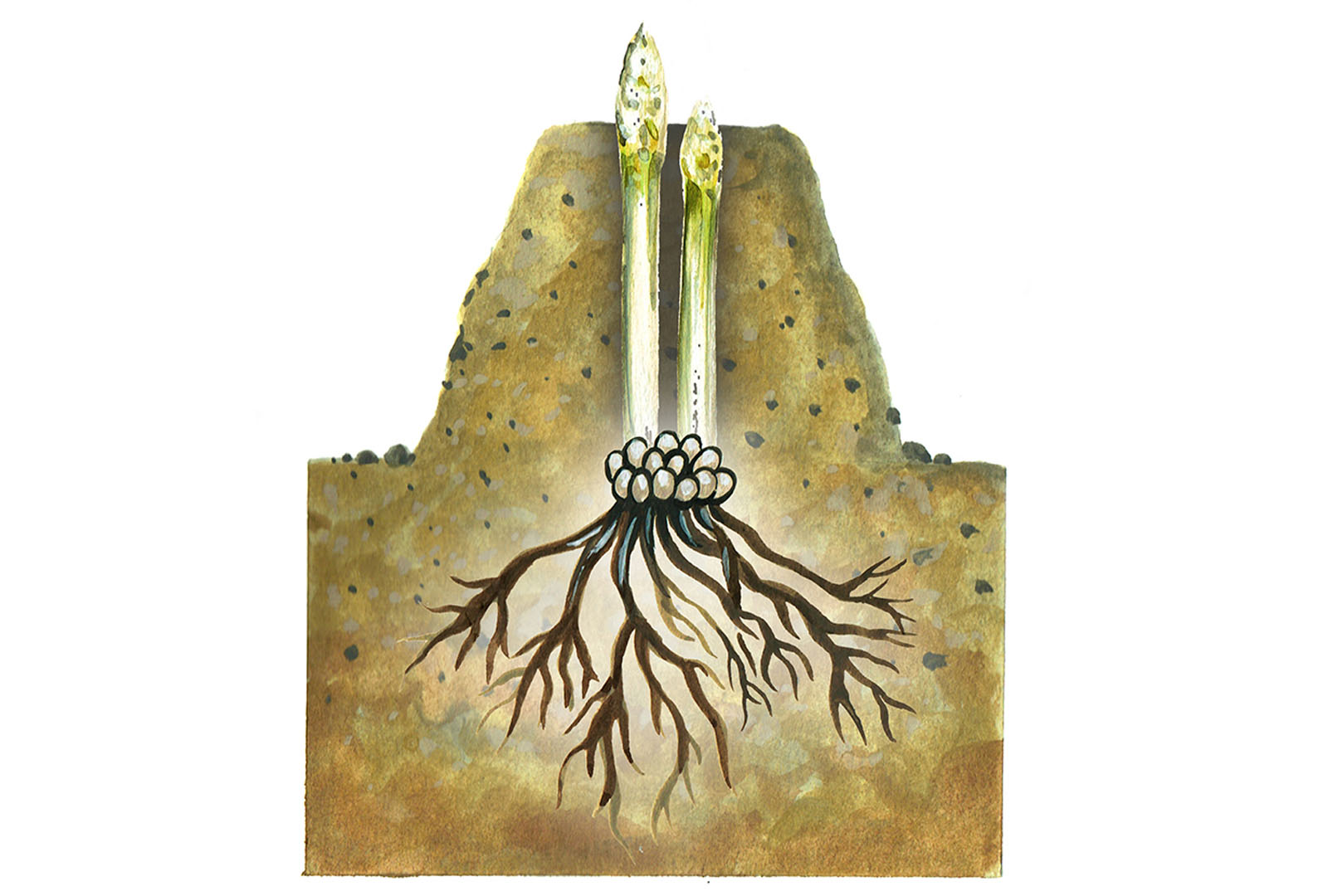
Size: 10cm x 10cm
Technique: Watercolor